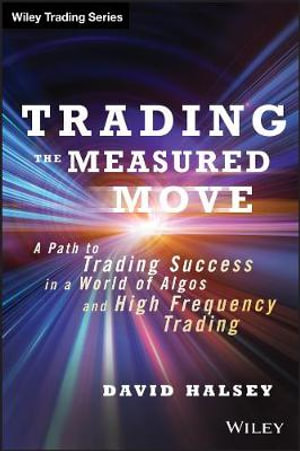 There are four cardinal principles which should be part of every trading strategy. They are: 1) Trade with the trend, 2) Cut losses short, 3) Let profits run, and 4) Manage risk. You should make sure your strategy includes each of these requirements for success.
There are four cardinal principles which should be part of every trading strategy. They are: 1) Trade with the trend, 2) Cut losses short, 3) Let profits run, and 4) Manage risk. You should make sure your strategy includes each of these requirements for success.
Trade with the trend relates to the decision of how to initiate trades. It means you should always trade in the direction of recent price movement.
Mathematical analysis of commodity price data has shown that these price changes are primarily random with a small trend component. This scientific fact is extremely important to those desiring to pursue commodity trading in a rational, scientific manner. It means that any attempt to trade short-term patterns and methods not based on trend are doomed to failure. It also explains why day trading is darned difficult and why almost no day trader is a long-term success.
The shorter the time frame in which you examine price action, the smaller the trend component is. Commodity price action is fractal. That means that as you shorten or lengthen the time frame, price action remains similar in behavior. Thus, five-minute charts have roughly the same appearance as hourly charts, daily charts, weekly charts and monthly charts.
This similarity in chart appearance convinces traders that you can day trade successfully with the same tools you use on longer-term charts. Of course, they try to use much of the arsenal of technical analysis that doesn’t work on long-term charts either. Things like Oscillators, Candlesticks and Fibonacci numbers.
However, even trend-following tools that work in intermediate to long-term time frames won’t work in day trading. This is because the trend component is so very small in short-term data that you must use a highly effective method to overcome the costs of trading.
In longer-term trading, you can let your profits run. You do it by definition or it wouldn’t be long-term trading. In day trading you can only let your profits run to the end of the day. This means your average trade (the average profit of both your winning and losing trades) must necessarily be much smaller than if you could let your profits run for days, weeks or months. However, your costs of trading–slippage, commissions, the bid/asked spread and mistakes–stay roughly the same on a per trade basis. Thus, your day trading system must be much more consistent and robust to stay ahead of the costs of trading than would an intermediate to long-term system. There are few day trading approaches that meet this test.
Since market price action is mostly random, successful trading methods must somehow exploit a non-random feature of market price action. The tendency of most markets to trend is the only possible edge in trading, so a winning approach must harness trend in some way. Tradeable trends do not show up often in the very short term. They certainly are not present every day. That is why the person who tries to day trade at least once every day, and perhaps even more often, is doomed to failure. The more often you day trade, the more likely it is that you will be a long-term loser. (more…)
 David Halsey throws out the old notion of a measured move: that you copy an AB move up (or down) and paste it on a retracement low (or high) of C to get your price target D. In Trading the Measured Move: A Path to Trading Success in a World of Algos and High Frequency Trading(Wiley, 2014) he substitutes Fibonacci levels.
David Halsey throws out the old notion of a measured move: that you copy an AB move up (or down) and paste it on a retracement low (or high) of C to get your price target D. In Trading the Measured Move: A Path to Trading Success in a World of Algos and High Frequency Trading(Wiley, 2014) he substitutes Fibonacci levels.

 There are four cardinal principles which should be part of every trading strategy. They are: 1) Trade with the trend, 2) Cut losses short, 3) Let profits run, and 4) Manage risk. You should make sure your strategy includes each of these requirements for success.
There are four cardinal principles which should be part of every trading strategy. They are: 1) Trade with the trend, 2) Cut losses short, 3) Let profits run, and 4) Manage risk. You should make sure your strategy includes each of these requirements for success.